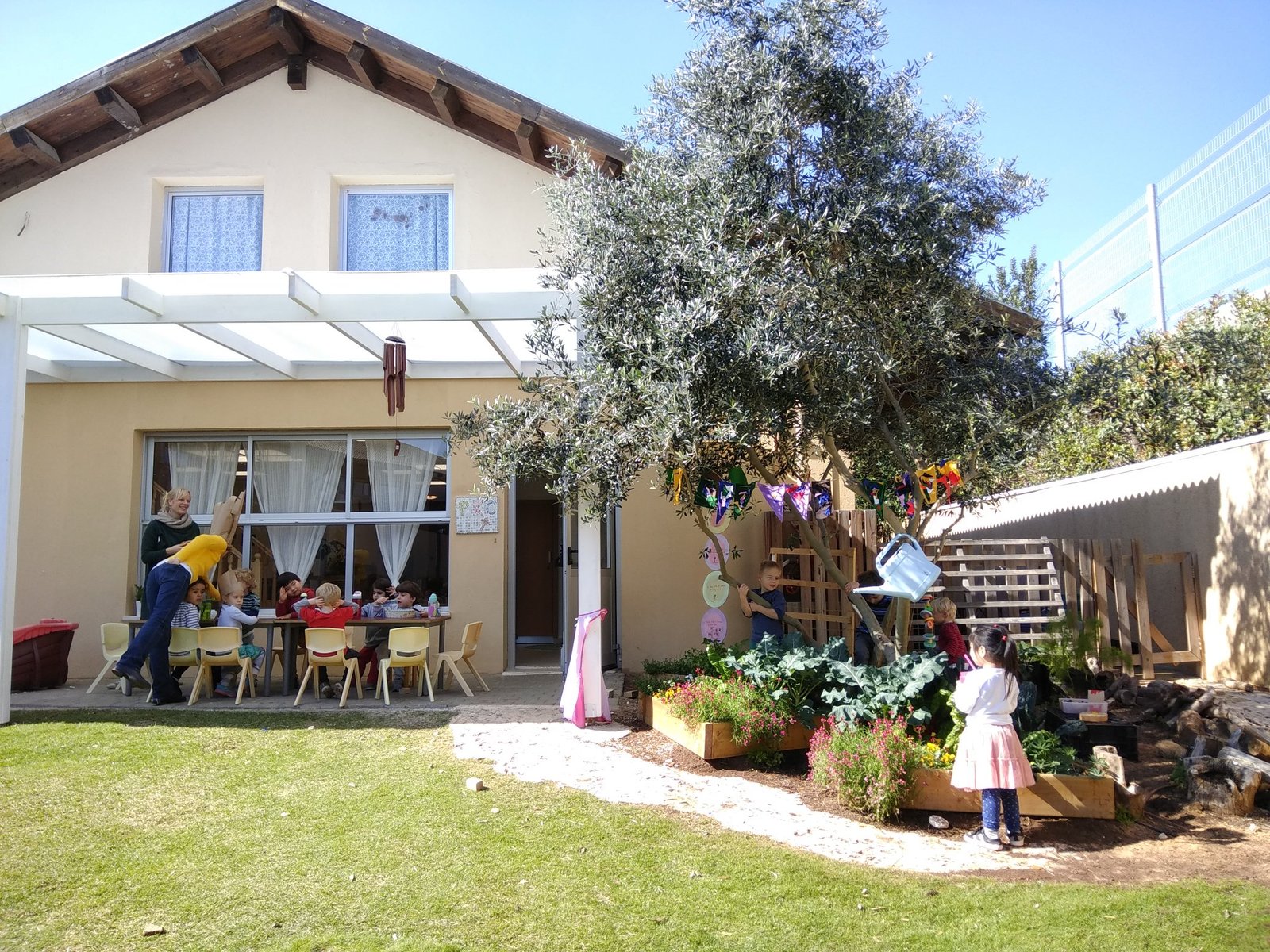True educational inspiration isn’t about abundant resources, impressive materials, or big budgets. It’s about deeply reflecting on what’s unique to your context and the lives of the people within it. It’s about cultivating a mindset – a way of being as educators and leaders within our communities – that invites us to make meaning together about what it means to be human. And yes, I know that might sound a little philosophical, but as educators we’re in the courageous endeavor of guiding young humans.
In 2015, as a preschool director, my team and I grappled with a core question: how to genuinely draw inspiration from the Reggio Emilia approach while honoring our own school’s unique spirit. A powerful piece by Jeanne Zuech, “My Break-Up Letter with the Reggio Approach,” sparked incredibly liberating dialogue, leading to meaningful reflections on what truly defined our learning community and how we could explore its shared lives and values through a Reggio-inspired lens.
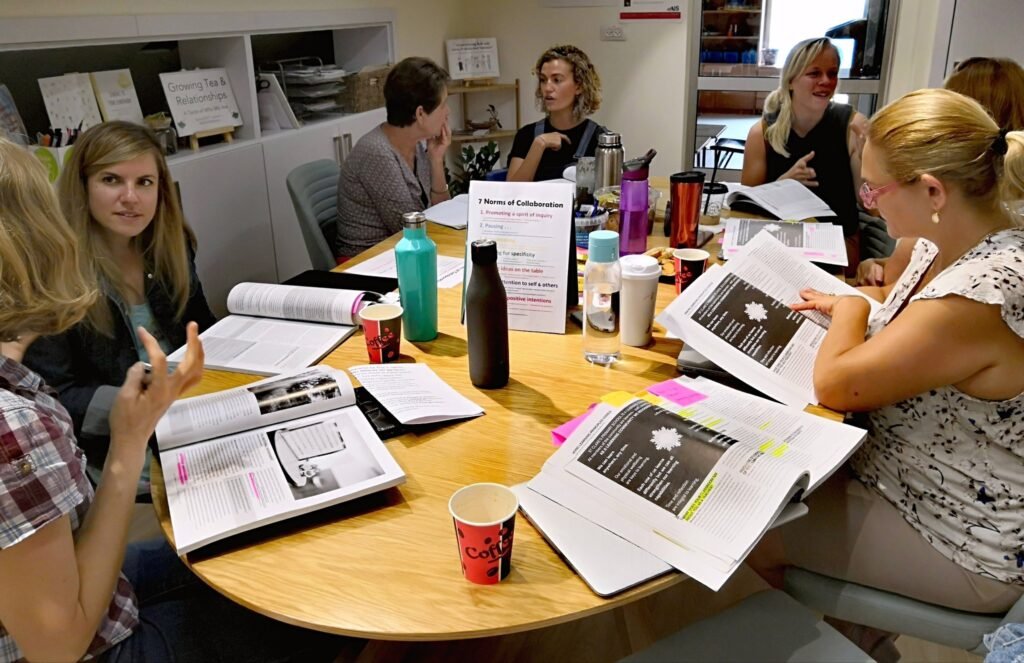
As we deeply considered what truly defined our learning community, two core values quickly emerged as central to our shared intellectual, emotional, and spiritual life: welcoming and leaving our traces. It was through the lens of our dynamic PK-12 international school context that these values truly came alive. We recognized that constant transitions were an ever-present part of daily life – from navigating a large campus and yearly grade changes (which we minimized through mixed-age grouping) to the constant flow of children and families moving between countries, often arriving or leaving mid-year.
This understanding led our team to reflect deeply: How could we provide a meaningful framework for children and adults to explore these values within their daily lives? How could we highlight the diverse perspectives and experiences within our transitioning community as a source of beauty and strength, while also exploring what makes us feel deeply rooted to a place and community? This shared inquiry into welcoming and leaving traces became a profound gift, nurturing empathy, appreciation for others, and forging a unified spirit that embraced newcomers with an inherent sense of belonging.
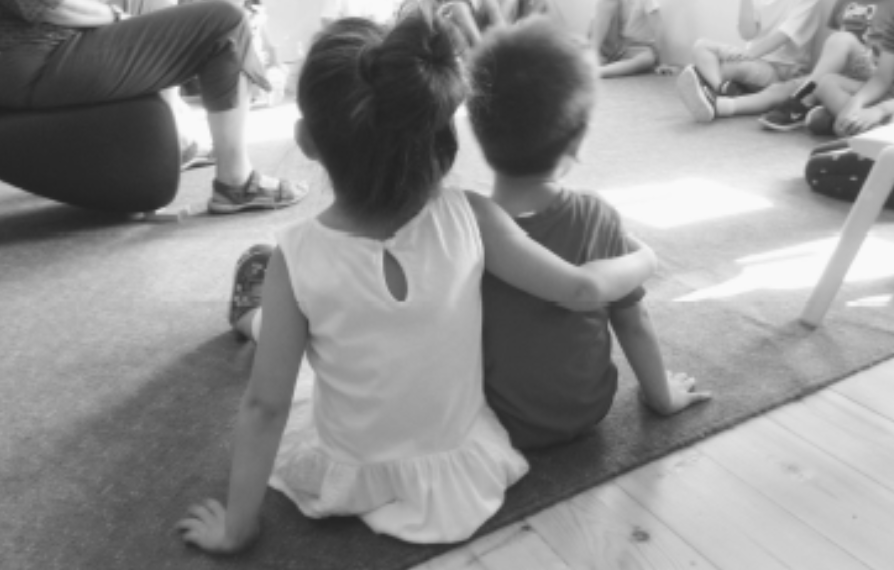
From this deep inquiry, beautiful rituals and long-term projects naturally emerged. Two particularly vivid examples are rooted in the intertwined values of welcoming and leaving our traces – concepts also prominent in Reggio-inspired work. We explored how these ideas make us feel connected to our community, emphasizing that everyone who’s been a part of it leaves their mark and forever remains part of its fabric. Here’s how we made these values visible:
The “Hello Card”: Nurturing Empathy and Connection
By listening to each other and sharing their own memories of feeling new, children in small groups collaboratively built a shared understanding of what it’s like to enter a new community. This collective grappling with a deeply human experience, directly tied to their own lives, profoundly nurtured their empathy and brought forth their innate moral and responsible selves. Given our school’s existing culture of gifting cards, the children enthusiastically suggested creating a “Hello Card” for all newcomers. It was like welcoming them into our community with open arms and a big, warm hug, a tangible gesture of wanting to connect.

I vividly remember the children’s dedication as they personalized each card, carefully considering the limited information we knew about the new child or visiting adult before meeting them. One class even decided to gift every new child a basket of fresh flowers from our garden alongside the card.
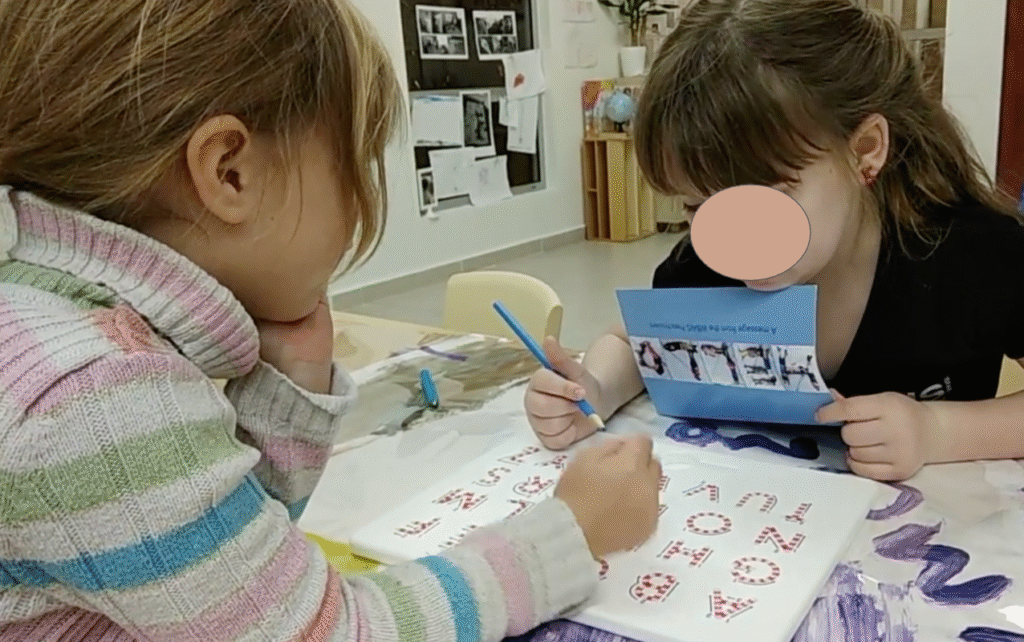
The power of these moments was palpable. I recall an anxious mother, newly arrived in the country, visiting our school. When two children thoughtfully presented a personalized card and fresh flowers to her child, she wept with overwhelming happy tears. In that moment, I felt her tension dissolve, as she became open and ready to build trust and reciprocity with us.
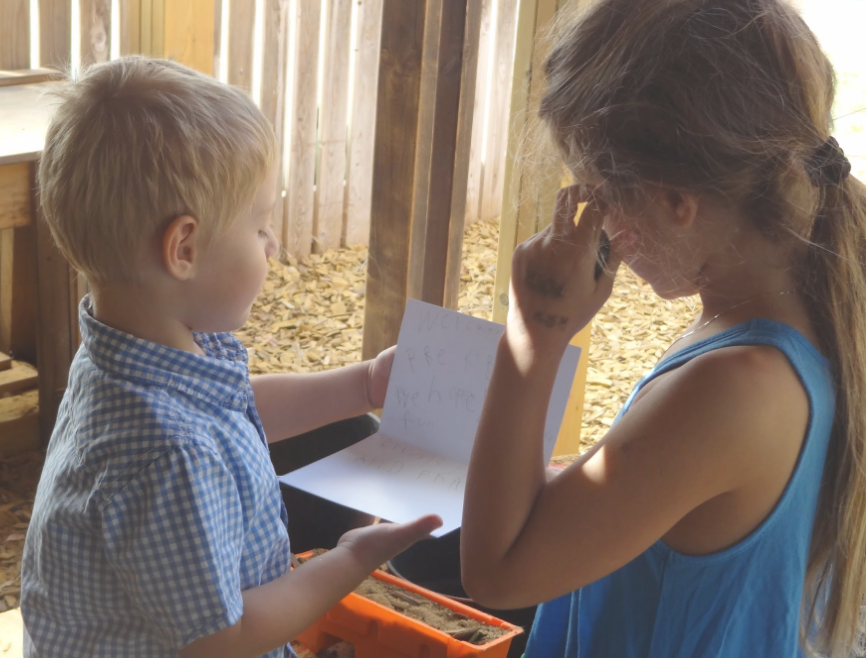
This was the children’s conversation that led to the Hello Card:
- H: “When I first walked in, I felt new on the first day.”
- A: “When I walked in the first day I didn’t know about how anything worked.”
- N: “And I didn’t even know A, and I didn’t know if we would have new kids.”
- Teacher: “So how did you become a community?”
- N: “By making more and more friends, it made us a little ‘unnervous’ every day. Our community is built on friendship.”
- J: “We can help them [new children] and make friends with them.”
- H: “We need to send them a message!”
- J: “We can make a ‘hello’ card.”
- H: “‘Hello’ means Hi and nice to meet you.”
- L: “It sounds good! If I had a hello card, it would make me happy.”
The Welcoming Tile Tradition: Leaving Visible Traces
Another profound thread of welcoming emerged when we created an initial pebble welcome sign with families and children. A four-year-old empathetically pointed out, “But what if they can’t read it?” — a critical question given our multilingual community. The children insisted it needed to be “in all of our languages,” sparking a rich exploration of each other’s home languages. This provided a deeply meaningful way for every family to feel seen and to create a tile with a welcoming message in their home language, leaving their unique trace. Ever since this sparked in 2015, this project has become a cherished annual tradition, with new families adding their tile each year.
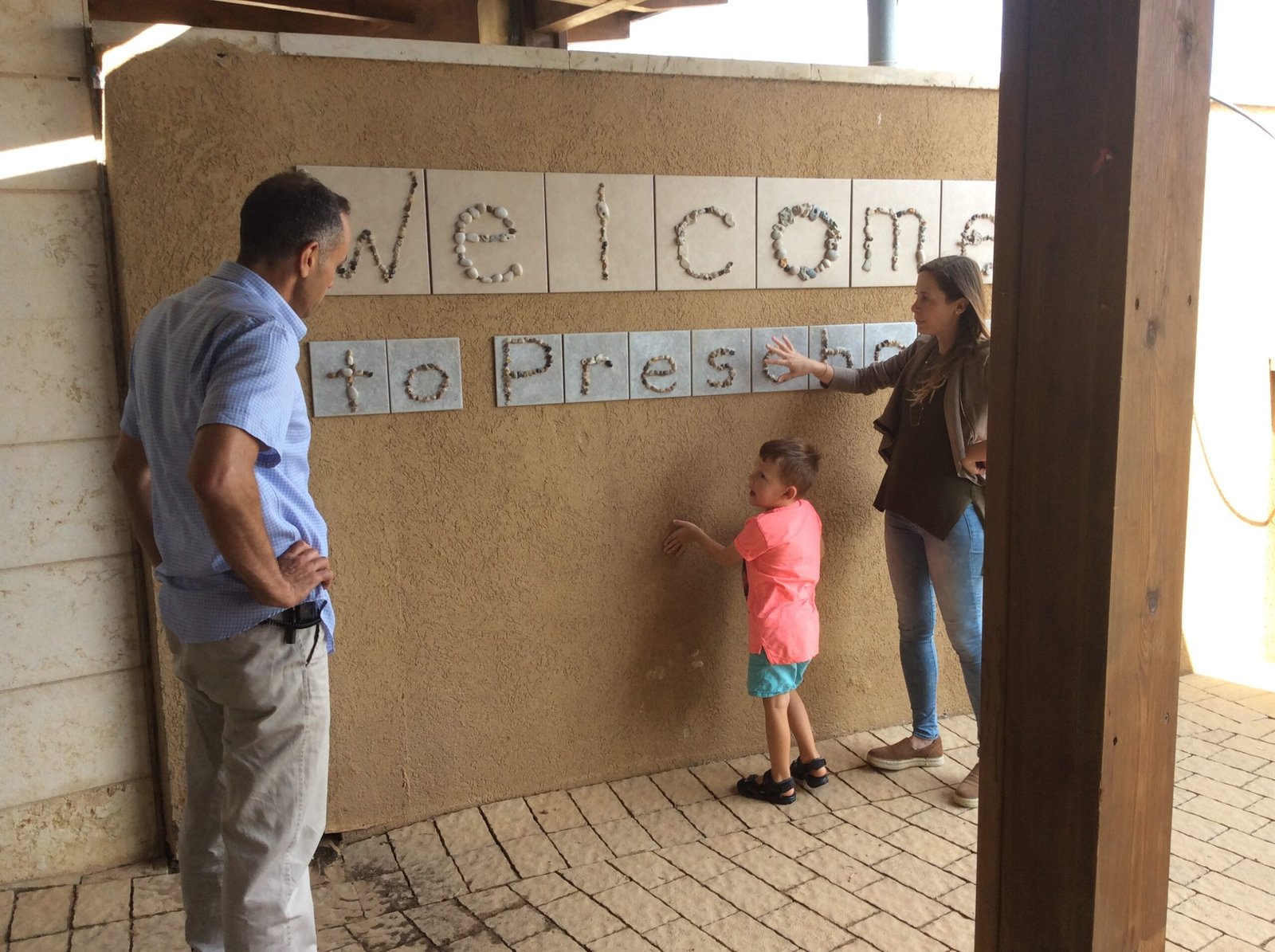
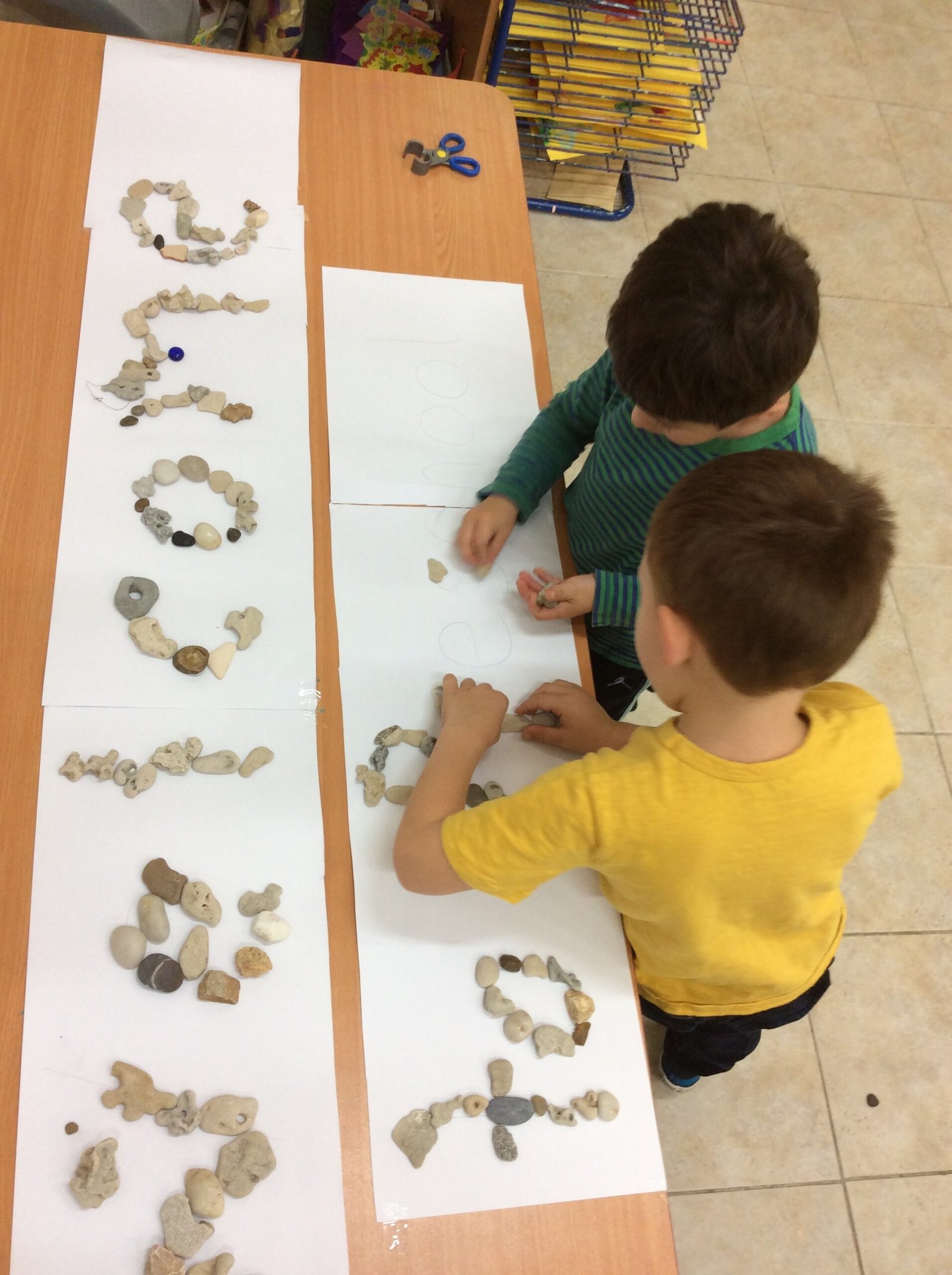
Returning to visit the school after moving to the U.S., reconnecting with these tiles was incredibly emotional. They felt like old friends, instantly transporting me back. These tiles hold immense meaning, becoming beautiful, tangible traces of every child and family who has graced that community.
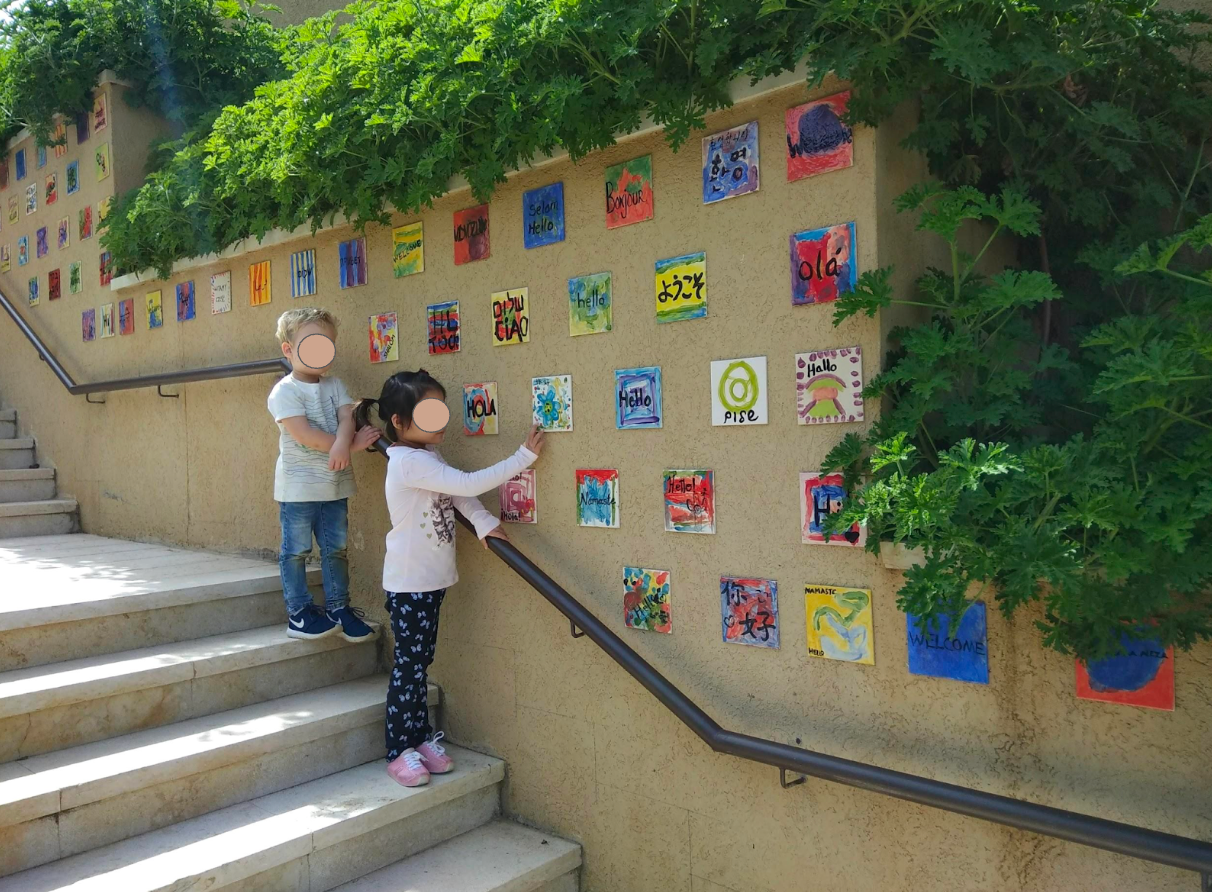
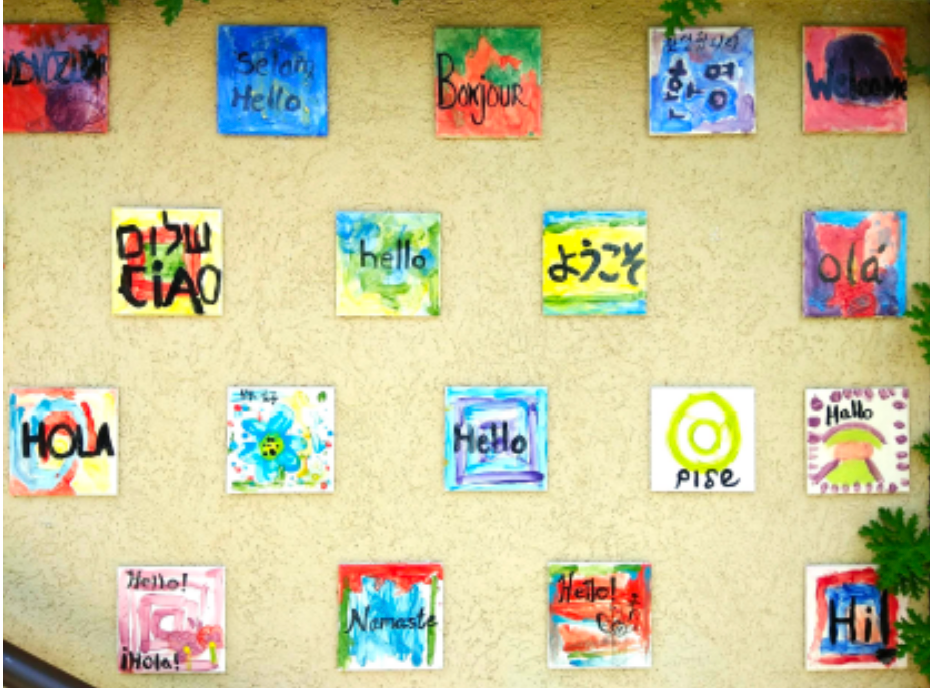
Beyond the Projects: Cultivating a Mindset of Inquiry
The Hello Card, the Welcoming Tile Tradition, and other threads like welcome books, songs or maps created by children to guide newcomers, were more than just isolated activities. They were born from a deep, shared research into the core values of our specific community.
This mindset shifts focus from merely delivering curriculum to genuine inquiry, cultivating authentic, contextual curricula. It demands commitment, continuous reflection, and the courage to truly slow down and reflect together. Moreover, this mindset ensures that exploration inherently honors children’s voices and harnesses their creative capacities, with educators listening deeply and cultivating their own curiosities in tandem. As we engage in shared exchanges and mutual listening, our understanding of universal humanistic ideas and experiences deepens immensely, moving far beyond individual perspectives.
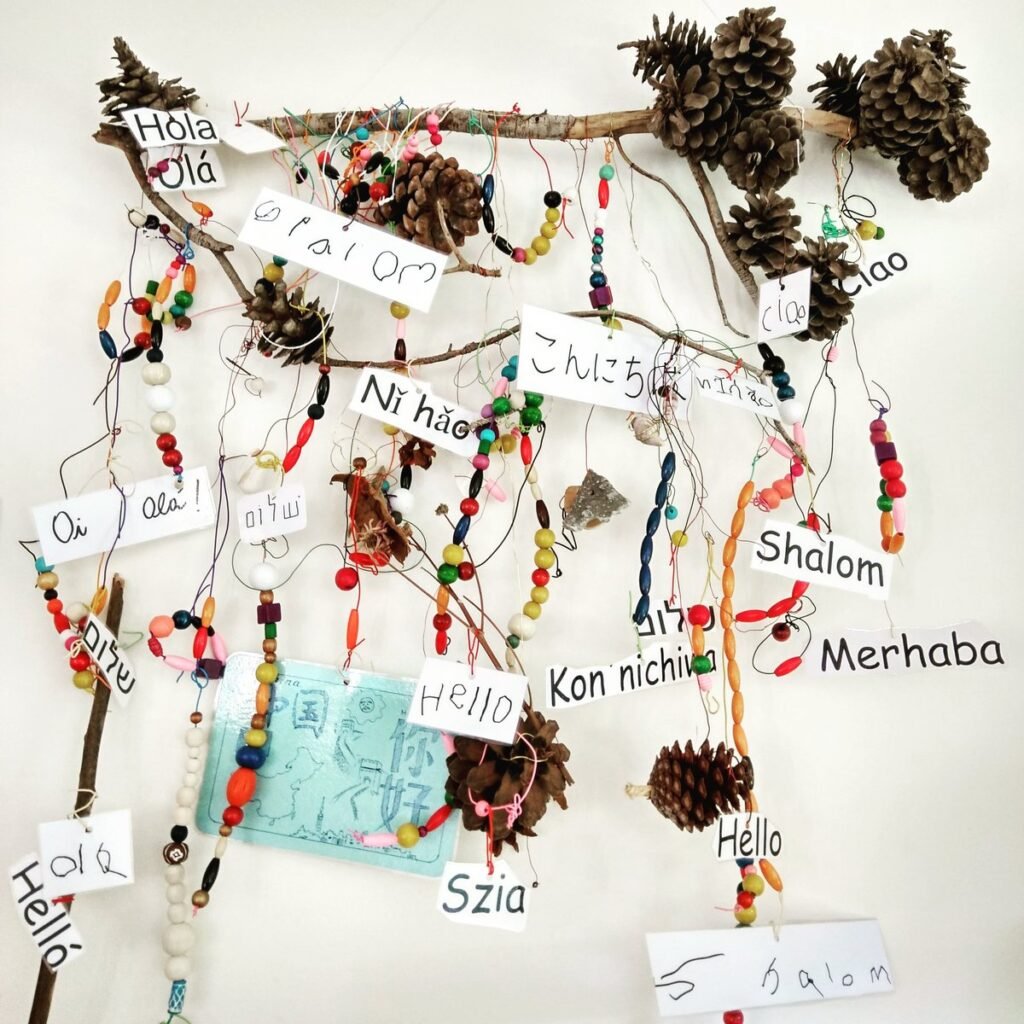
At my current school, this mindset continues to thrive. Just this year, a group of 2.5-year-olds began to explore our community’s shared value of care, researching the different ways they show care. This inquiry was beautifully shaped by one child’s passion for cleaning, inspired by the book Trashy Town, which ultimately led them to organize community garbage clean-ups at several of their favorite local parks. Another example unfolded with 4-5-year-olds who discovered the joys of telling and sharing jokes, sparked by one child receiving daily jokes in his lunchbox. Their inquiry into humor revealed how thoughtfully crafting and sharing jokes forged a palpable, co-constructed language and ethos within the group, born from the emotional elation of shared joy and the rigorous intellectual process of developing jokes for diverse audiences and appreciating varied interpretations. This ultimately culminated in a “Jokes Exhibition” to share their learning with the wider community.
These are authentic examples of how contextual, values-connected curricula truly reflect the unique lives of the people within each community. They demonstrate a mindset of inquiry into big ideas that deeply connect to what it means to be human, and how we find ourselves within our communities.
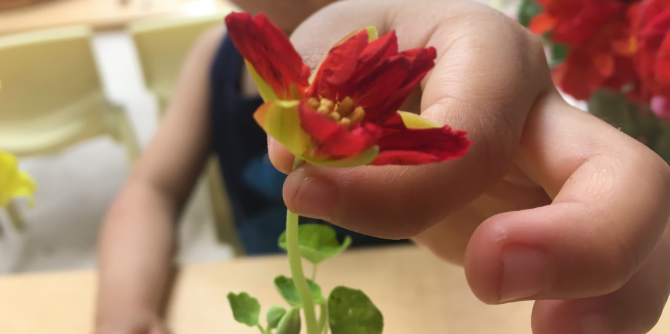
Your Context, Your Inquiry
So, how do we cultivate this kind of contextual inquiry in our own practice? If you feel even the slightest urge to copy and paste these ideas directly—and I feel it too when I see things that inspire me in other schools—I invite you to pause. Consider these guiding questions with your fellow educators. Remember, nothing thrives in isolation.
- What shared values and experiences feel truly central to your context—whether they stem from your school’s stated mission or spontaneous daily moments you recognize as having potential, like a group’s joy over a joke in a lunchbox?
- How do these values and experiences resonate with you and your colleagues, and what are you genuinely curious about exploring?
- How can you create authentic entry points for yourselves, your colleagues, and the children to co-construct meaning together?
By reflecting on these questions, we can transform inspiration into powerful investigations that genuinely reflect the lives and values of the people in your unique community.
